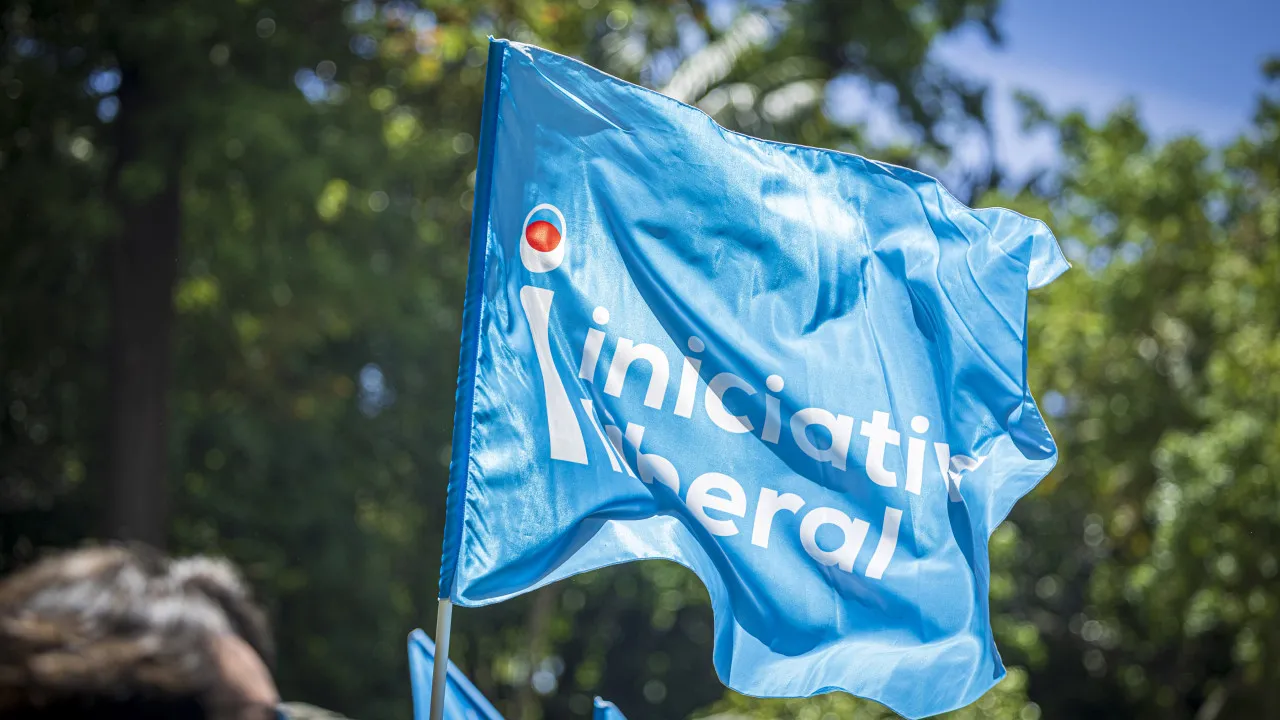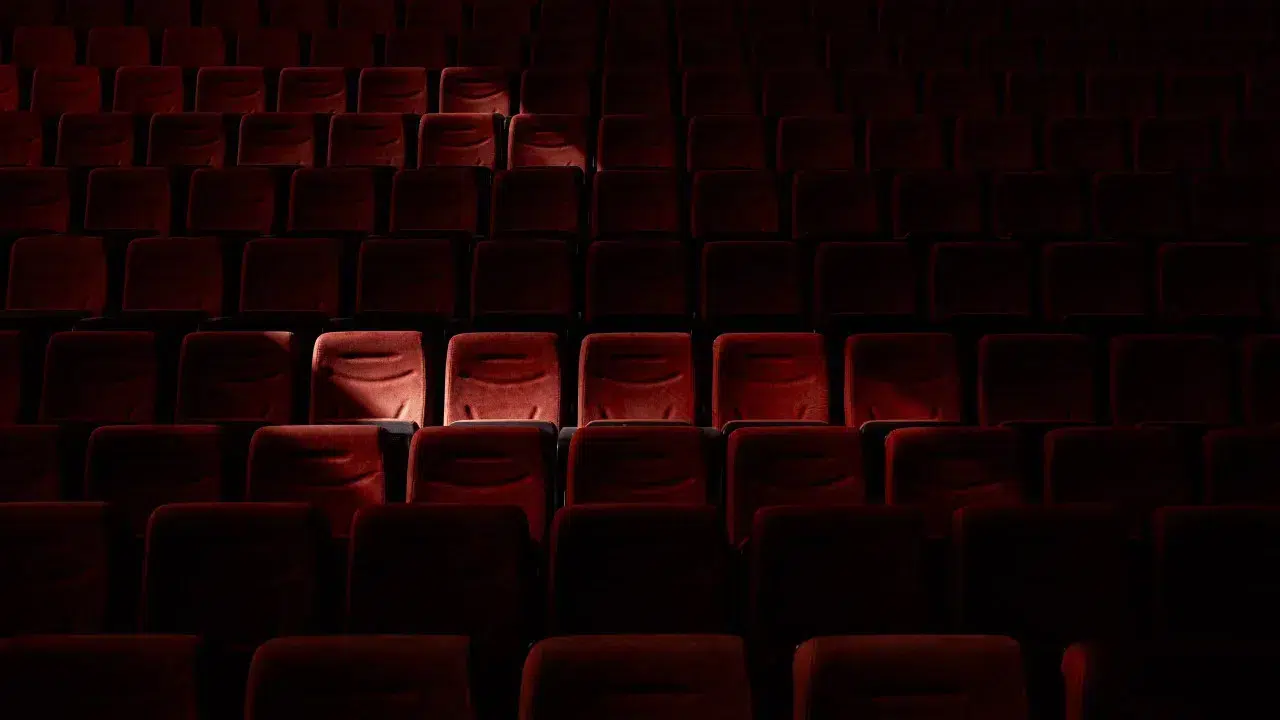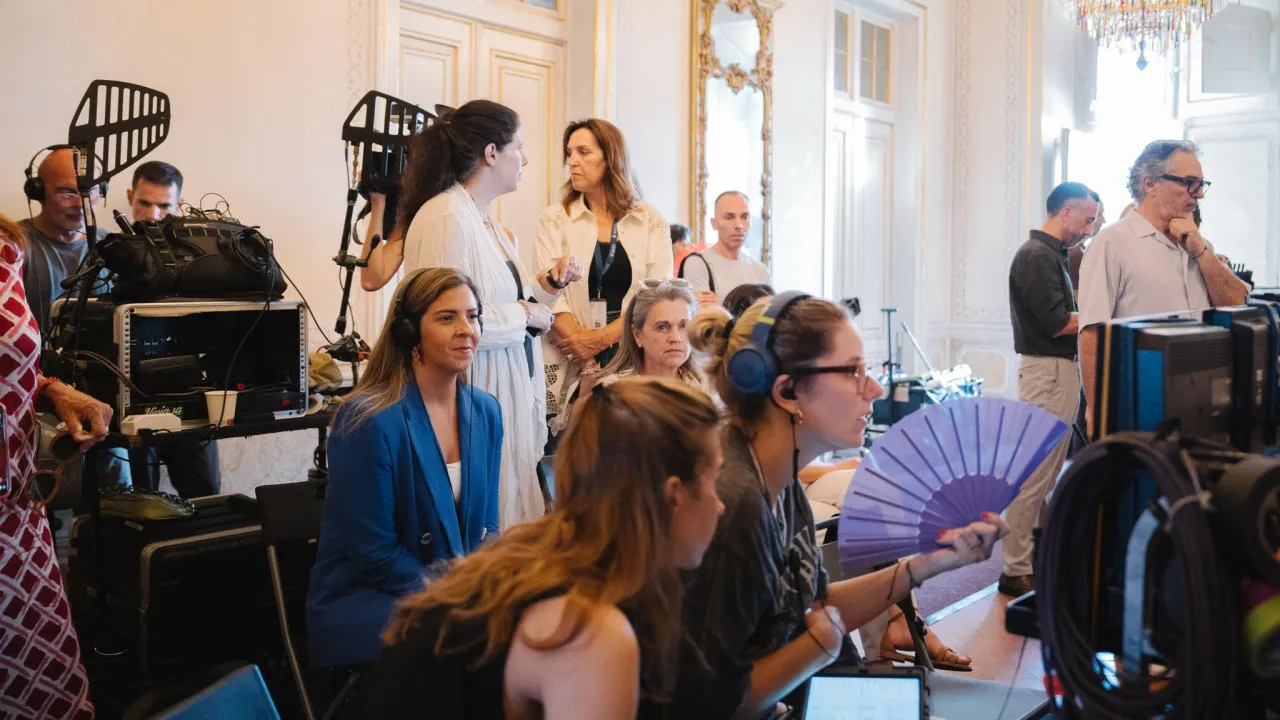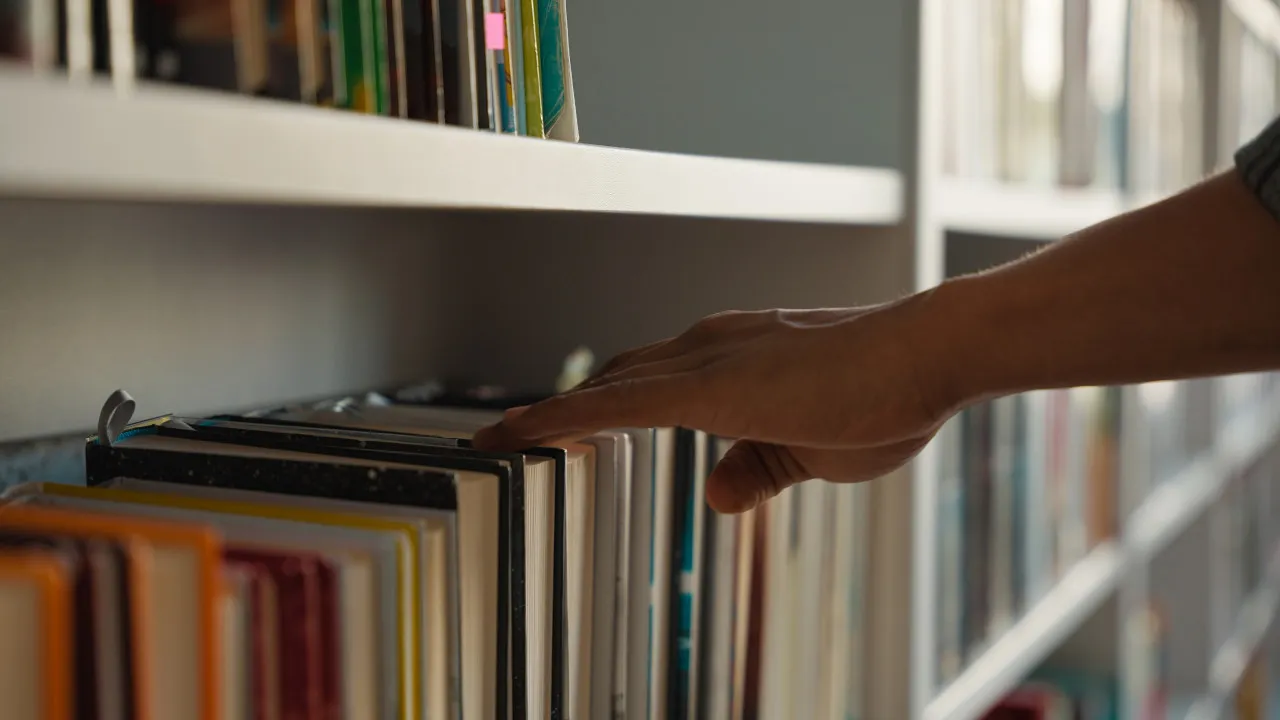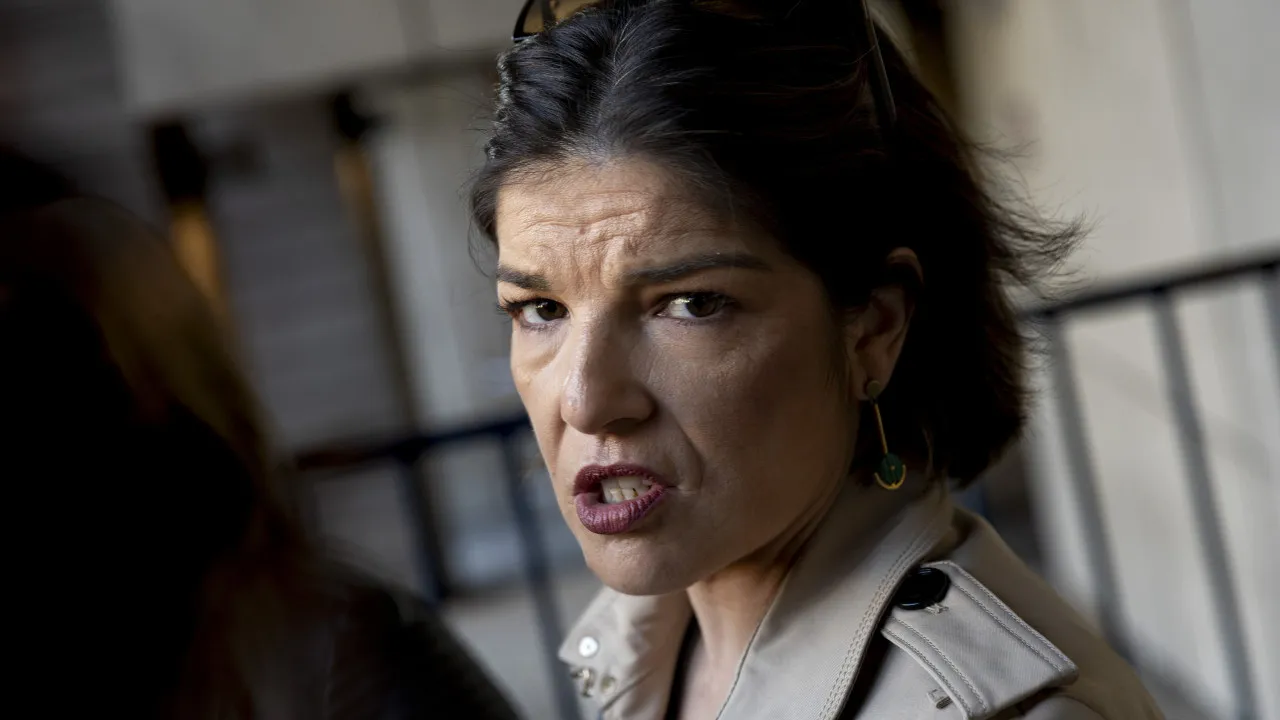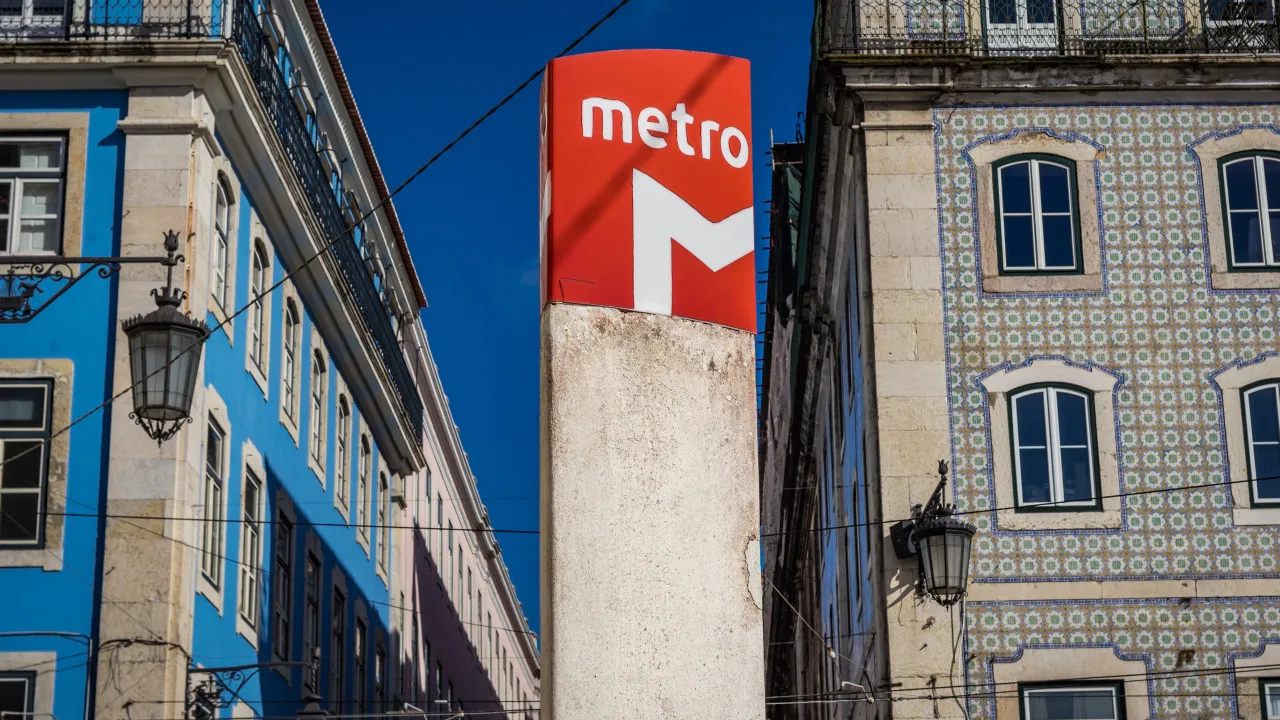The Interpretive Center of the Monastery of Lorvão, in Penacova, opens doors on Monday, after a long and time-consuming process, to help tell the story of that ancient monument.
The Interpretive Center of the Monastery of Lorvão is inaugurated on Monday, after the completion of the project of musealization of the overcloister of that monument, which tells the history of the space, its different occupations and that exposes several of the artifacts that were kept there, not always in the best conditions.
“This was a decades-old aspiration of people related to Lorvão, who saw the estate degrading year after year, in rooms without conditions. With this musealization project, we also restored four dozen pieces. Now, we reveal this treasure of Lorvão, which was a little forgotten “, said the Mayor of Penacova, Álvaro Coimbra, who took office in 2021, to the Lusa agency.
The requalification works of the cloisters of the Monastery of Lorvão with the aim of creating a museum there ended in 2014, after a State investment of more than 1.5 million euros, with an architectural project signed by João Mendes Ribeiro.
However, the musealization did not go ahead.
“Between 2015 and now, nothing has happened. The walls began to deteriorate and there were infiltrations. A protocol was signed with the Regional Directorate of Culture of the Center to pass the space to the municipal guardianship, the Chamber dealt with the project, but when our executive came into office he found the project blocked “, said Álvaro Coimbra.
Its executive managed to resolve a conflict that remained and secured funding from community funds in the order of 650 thousand euros to finally move forward with the creation of the interpretive center.
In the supercloister of the Monastery of Lorvão, the story of that ancient monument whose origin is estimated to be from the 6th century and which was occupied by Benedictine monks, before becoming a women’s monastery in the 13th century, is now told.
With the end of the religious orders, the building came to serve as housing (a social neighborhood was built in the 1960s in the village to accommodate its ‘residents’), a kind of “quarry” (the population has been using stones removed from the monument over the years) and was a psychiatric hospital, explained to Lusa the architect Fábio Nogueira, responsible for museography.
In the space, it is possible to understand how manuscripts were produced in Lorvão, a monastery considered a very important nucleus in medieval times, from where the “Book of Birds” and “Apocalypse of Lorvão” came out, two manuscripts kept in the Torre do Tombo, the latter being inscribed in the UNESCO Memory of the World register.
Replicas of his illuminations and an interactive panel allow you to better understand the importance of these manuscripts.
In that space, there is a room dedicated to pieces of liturgical ceremonies, with emphasis on an 18th century custody and a baldachin book that is owned by the Machado de Castro National Museum (entity that gives some pieces originating from the monastery), as well as a section focused on the life of the monument after becoming a women’s monastery, from where the voice of Gregorian chant specialist Filipa Taipina is heard interpreting a part of the work “Gradual de Lorvão”, music that ends up echoing throughout the interpretive center.
Themes such as the apothecary and music are covered, and there is a room dedicated to D. Catarina de Eça (the abbess who was at the head of the monastery for the longest time, between 1472 and 1521), with six pieces of an altarpiece that she had built.
The interpretive center also has a room dedicated to the cults practiced in Lorvão (where there is a statue of a beheaded head of St. John the Baptist, an unusual piece in Portugal), as well as the connection of the space to the community, either through the food and sweets that were made there, or through the production of sticks, which will have started in the monastery and which eventually became a relevant economic activity of the village, clarified Fábio Nogueira.

In addition to the interpretive center, the visit then continues to the Church of Lorvão, where you can contemplate the monastery’s choir and pipe organ.
“This exhibition circuit, which accompanies the new times, will be a factor of attractiveness of Lorvão, so that the monastery, as a national monument that is related to our nationality, has another visibility in national terms”, said Álvaro Coimbra.
For the future, the Penacova City Council intends to promote temporary exhibitions with pieces that were originally from the Monastery of Lorvão, dreaming of the possibility of having the “Book of Birds” and the “Apocalypse of Lorvão” exhibited in that space, “even temporarily”.
In addition to the interpretive center, the municipality hopes that, in view of the favorable opinion already issued by the Regional Directorate of Culture of the Center, the conversion of a part of the monument into a five-star hotel can go ahead, under the Revive program.
The interpretive center can be visited, during summer hours, between 09:00 and 13:00 and 14:00 and 18:00, with an entrance fee of € 4.5.


